South Africa's first black president Nelson Mandela died on Thursday at the age of 95, but he leaves behind a legacy that will be commemorated for years to come.
After being convicted of carrying out guerilla warfare after decades of peaceful protests against white rule in South Africa, Mandela spent the next 27 years in prison, garnering international status as an opponent of apartheid.
He was released from prison in 1990, when he claimed his position in the once-banned African National Congress. The ANC gathered 62 percent of the popular vote in the 1994 Presidential Election, making Mandela the first black president in the nation’s history. His leadership earned him a reputation as the founding father for the country’s democracy.
With Mandela’s passing, people from around the world will undoubtedly flock to the sites where he made history. Here is our list of his most historic sites.
1. Chancellor House

(Associated Press)
It was this office block where Mandela opened Johannesburg's first black law practice in 1952 with his old friend and fellow anti-apartheid militant Oliver Tambo. The city has since saved the building from demolition, as it shows a replica of their old sign reading "Mandela and Tambo Attorneys," which they displayed in the window of their second-floor office.
2. Old Pass Office

(Associated Press)
This office issued the passes that black South Africans were required to carry while in a white area during apartheid. Any white person could ask a black person to show his or her pass and failure to do so often resulted in imprisonment. Mandela’s law firm catered to people who had issues with passbooks.
3. Robben Island
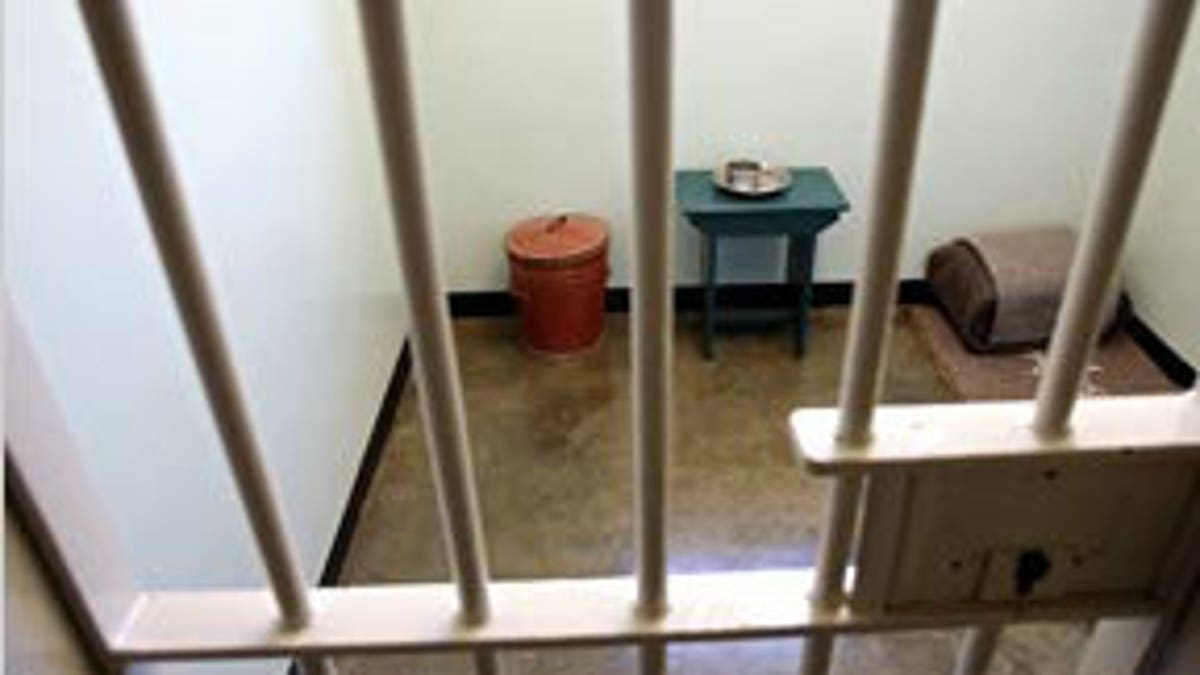
(Associated Press)
Mandela was sentenced to life in prison after being convicted of waging a guerilla war against the South African government. He spent 18 of his 27 years in prison on Robben Island, where he contracted tuberculosis and faced frequent verbal and physical harassment from white wardens. During this time however, he was able to earn a Bachelor of Law degree through a University of London correspondence program.
4. Mandela's Resting Place

(Reuters)
At 95-years-old and in critical condition with a recurring lung infection, Mandela publicly stated that he would like to be buried in the village of Qunu, where he grew up. It is the site of his family burial plot, which has become a source of controversy in recent years when his grandson, Chief Mandla Mandela, dug up the remains of three of Nelson’s children in 2011. His resting place will undoubtedly become an international monument for those to pay homage to the anti-apartheid leader.
5. Mandela's Birthplace - The Wild Coast
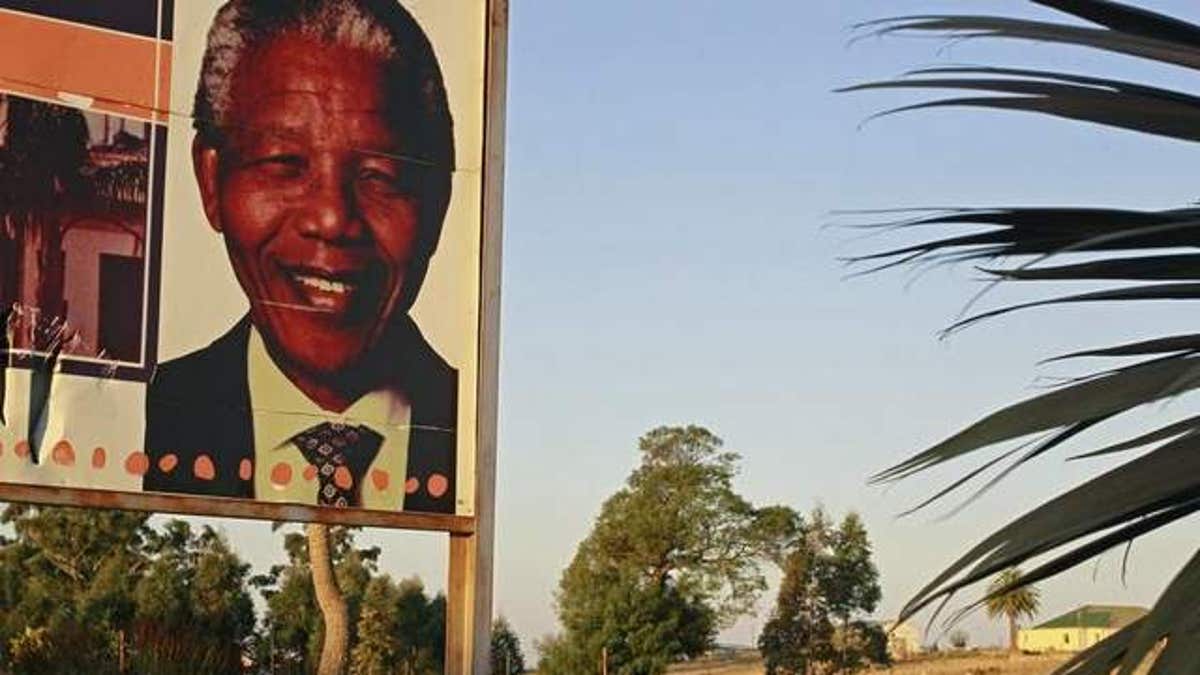
(Associated Press)
The Nelson Mandela Museum was opened in Qunu on February 11, 2000. Its debut marked the 10-year anniversary of Mandela’s release from prison. It is widely considered one of South Africa's most significant heritage institutions.
6. Soweto
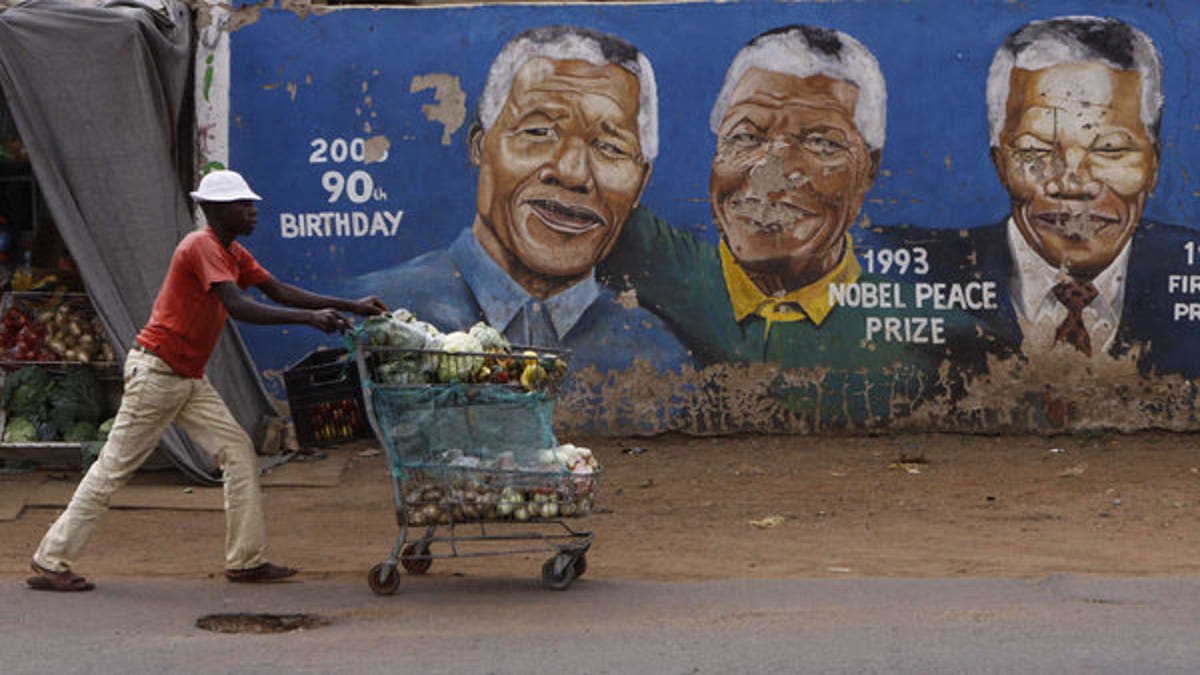
(Associated Press)
The largest of South Africa’s townships, it was Soweto where Mandela and his family lived from 1946 into the 1990’s. He donated the house in 1997 to the Soweto Heritage Trust and that site has since become the Mandela Family Museum. Its vision is to be a leading center for the preservation, presentation, and research of the history, heritage and legacy of the Mandela Family.
7. Constitution Hill
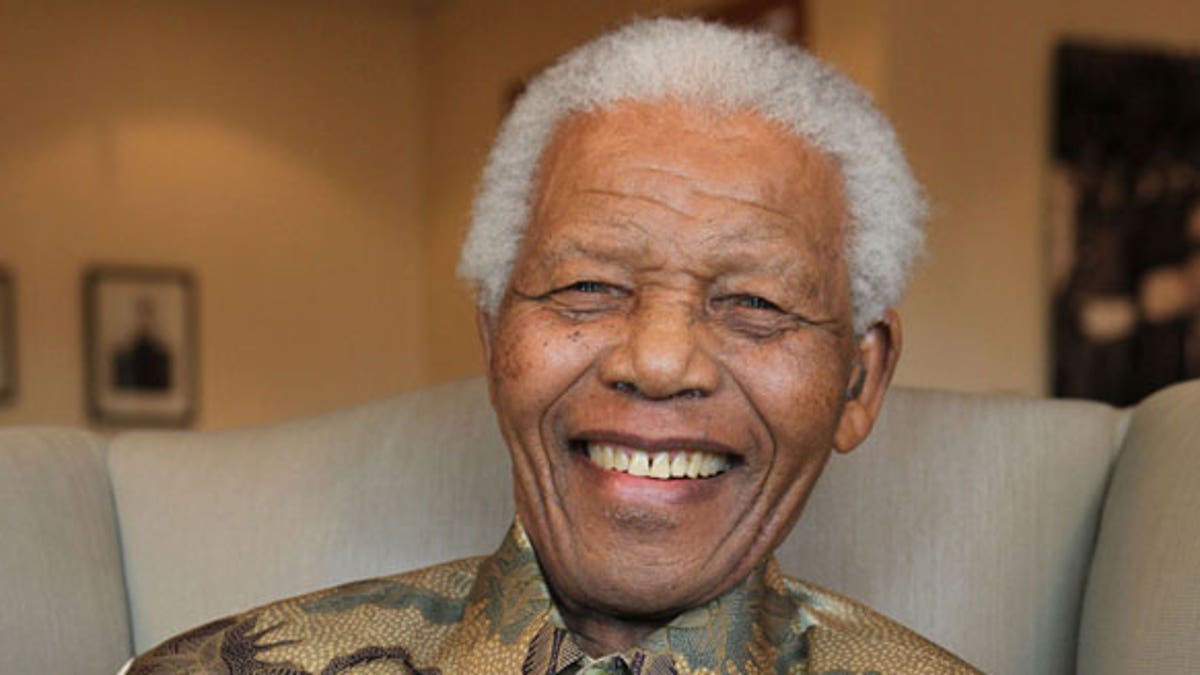
(Associated Press)
Constitution Hill is currently the site of South Africa's Constitutional Court, the highest court in the country on constitutional matters. It is also the historic site of Johannesburg’s Old Fort Prison Complex, where many famous political leaders, such as Mandela, Mahatma Gandhi and Walter Sisulu were detained for a period of time.
8. Victor Verster Prison
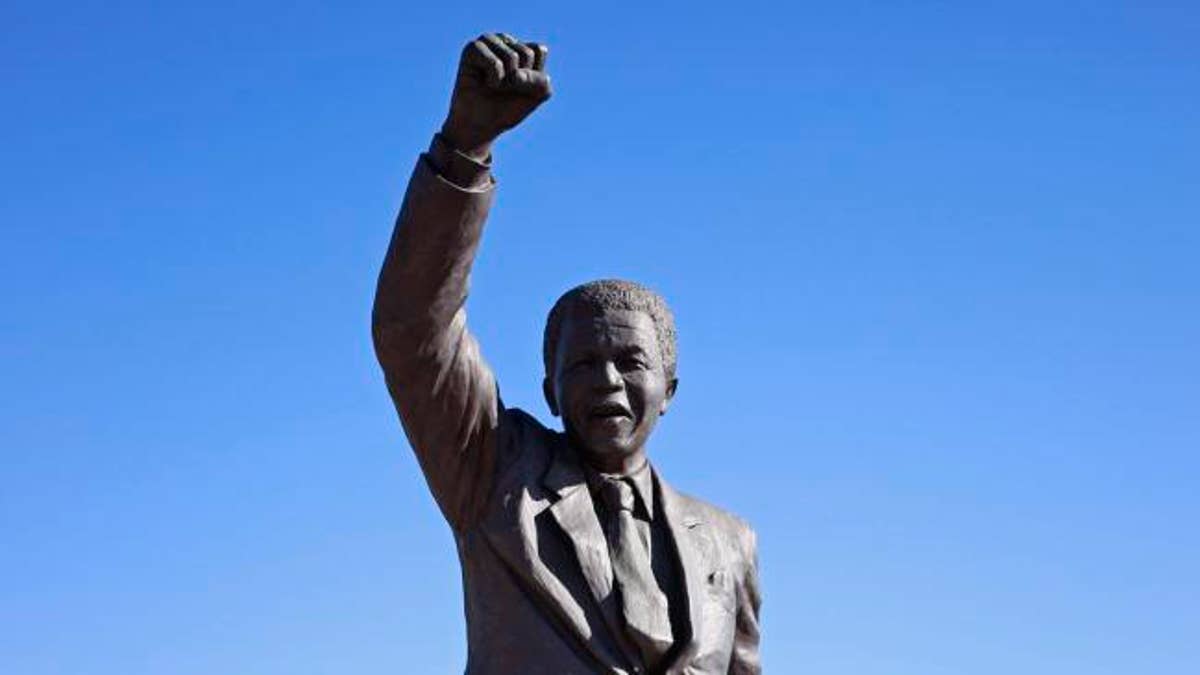
(Associated Press)
Now known as the Groot Drakenstein correctional facility since 2000, Nelson Mandela spent his final months of his prison term in the Victor Verster Prison. It is located in the valley of the Dwars River in the Western Cape of South Africa. A bronze statue of Mandela stands outside of the prison gates where he took his first steps as a free man. Visitors can tour the prison with the opportunity to taste wine and gourmet food.
9. Liliesleaf Farm
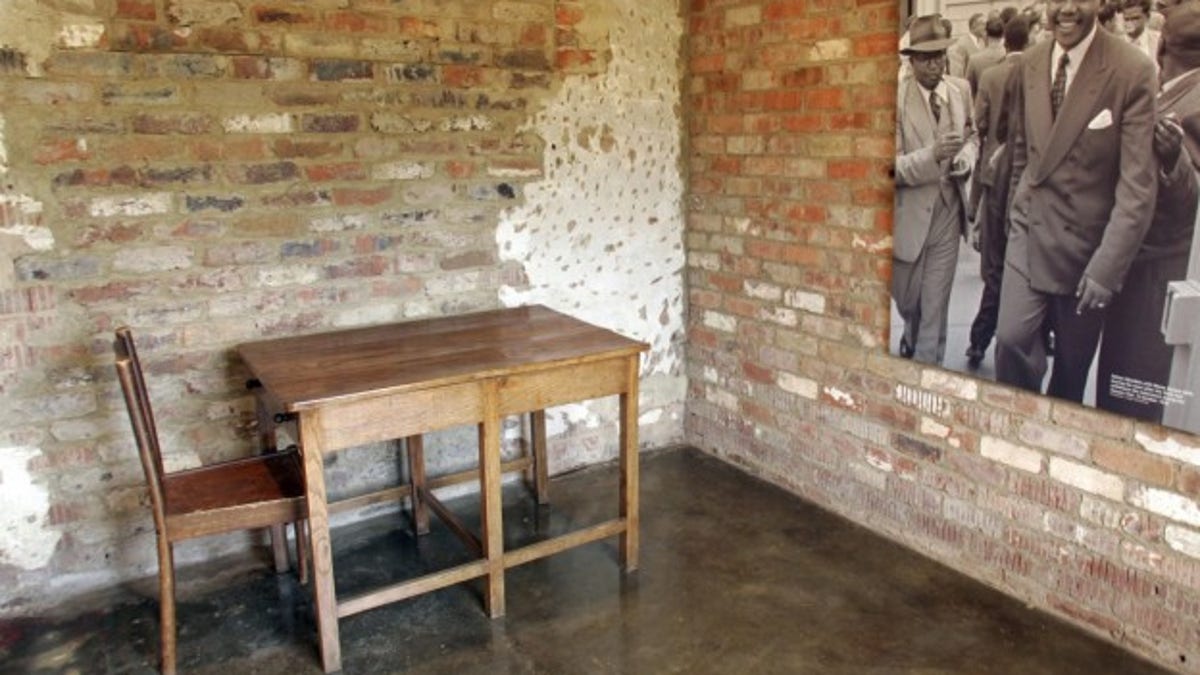
(Associated Press)
The Lilieslief Farm along the northern suburbs of Johannesburg was purchased by the South African Communist Party in the 1960s with secret funds smuggled from the Soviet Union. It was owned by a white communist named Arthur Goldreich and was used as a hideout and meeting place by Mandela and other activists from the African National Congress. A number of the ANC leaders were arrested after a police raid in July of 1963. Today, the farm is a heritage site and many say that Mandela’s gun remains buried somewhere on the farm.
